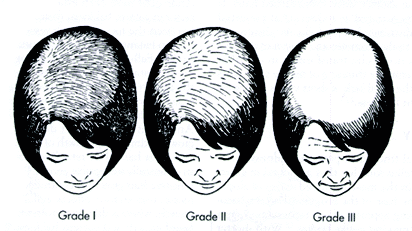For years, society has pushed the idea that grey hair is something to hide—an unwelcome sign of ageing. But the narrative is changing, and more people are choosing to embrace their natural silver strands with confidence. Going naturally grey is a journey, and whether you’re considering making the switch or already letting go of hair dye, there are many ways to transition gracefully while maintaining healthy, vibrant hair.
Why Go Naturally Grey?
Choosing to embrace grey hair is a personal decision, but there are several compelling reasons to go natural:
✔ Healthier Hair – Reducing exposure to chemical dyes helps strengthen hair follicles and prevent dryness.
✔ Cost & Maintenance – No more frequent salon visits or worrying about regrowth lines.
✔ Authenticity & Confidence – Grey hair isn’t just a trend—it’s a bold statement of self-acceptance and beauty.
✅ Gradual Blending – Some people choose lowlights or highlights to blend their natural grey with dyed hair, creating a softer, natural transition.
✅ Growing It Out – Letting hair grow and trimming old dye gradually helps minimise harsh contrast between roots and coloured ends.
✅ Silver Toners & Purple Shampoo – Using toning treatments keeps grey hair vibrant and free from yellow tones.
Caring for Naturally Grey Hair
Grey hair has a unique texture and requires special care to stay shiny and strong:
✔ Hydration & Moisture – Grey hair tends to be drier, so incorporating deep conditioning treatments helps maintain softness.
✔ UV Protection – Grey strands can become dull from sun exposure, so using hair sunscreen or wearing hats outdoors protects colour vibrancy.
✔ Regular Trims – Maintaining shape and eliminating coarse ends keeps grey hair looking polished.
Breaking the Stereotypes
Society has long associated grey hair with ageing, but today, it represents wisdom, confidence, and natural beauty. Celebrities, influencers, and professionals alike are redefining beauty standards by proudly wearing their silver locks. Whether you’re going grey in your 30s, 40s, or later, the key is embracing it with confidence.
Personalised Hair Care for Naturally Grey Hair
Every individual’s hair has unique needs, and personalised hair care is essential to keeping grey hair looking its best. Seeking trichological advice ensures a personalised approach to hair care,
✅ Choosing the Right Shampoo & Conditioner – Opt for moisturising formulas to prevent dryness and brittleness in silver strands.
✅ Customised Treatments Based on Hair Texture – Whether your grey hair is fine, coarse, wavy, or straight, selecting the right deep conditioning and protein treatments can help maintain shine and softness.
✅ Targeted Scalp Care – A healthy scalp supports stronger hair growth, so consider scalp exfoliation, hydration, and balancing oils tailored to your individual needs.
✅ Adjusting Haircare Routines Over Time – As hair changes with age, adapting your styling products, hydration levels, and protective treatments ensures long-term hair health.
How to Transition to Natural Grey Hair
If you’re ready to embrace your natural grey, here are a few approaches to make the transition smoother:
Final Thoughts
Going naturally grey is a personal journey—one that’s becoming more celebrated and embraced. Whether you’re transitioning slowly or fully committing, embracing your authentic hair colour is an empowering choice.
If you’re considering making the switch, remember that personalised hair care is the key to maintaining healthy, vibrant silver strands. With the right approach, your natural grey hair can shine beautifully! contact the clinic for an appointment.







